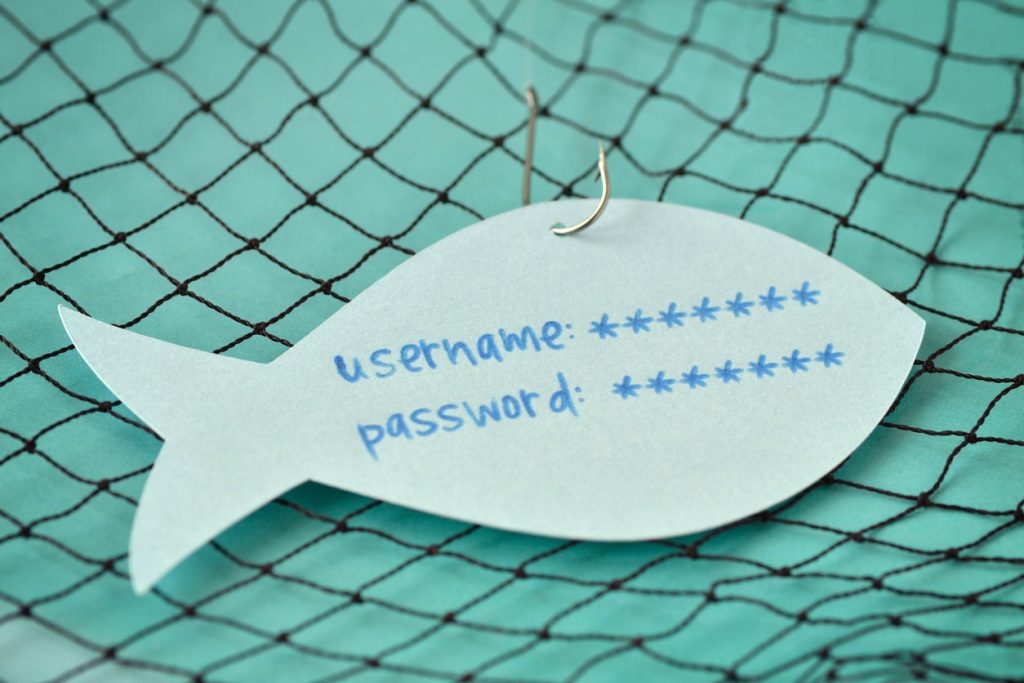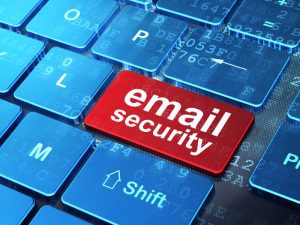Recent months have seen waves of phishing attacks launched at enterprises, institutions, and individuals. Experts have seen a sharp rise in strategies employing COVID-19-related themes, with hackers quick to exploit the current crisis and the panic people are feeling to execute their phishing attempts. While at best these are a disruptive nuisance that wastes company time with spam-choked inboxes, worst case scenarios can see email-based assaults deliver malicious software and steal confidential credentials.
Although many people are aware and even educated on phishing emails, knowledge of the existence of such attacks doesn’t provide protection against them. Over time, security specialists and information technology professionals continue to see members of the public, government employees, and even enterprise management hoodwinked by these insidious campaigns.
In simple terms, a phishing email is a message engineered to access an enterprise network or device, appropriate a user’s identity, or trick a victim into releasing funds. Watch out for these three indicators, as the primary defence against these attacks will always be the ability to instantly identify them.
1. Poorly written message content
While the latest attacks such as spear phishing emails are becoming increasingly more authentic, a common sign of a phishing attempt can be the use of incorrect English. Poorly phrased sentences or those with missing words can indicate that English might not be the first language of the author. Established and professional firms will not send out emails with errors in them, making this a strong indicator of a phishing message.
2. Urgent attention required!
Applying immediate pressure is a tried and tested tool of phishing strategies. Creating a sense of panic immediately puts a target at a disadvantage, making them more likely to believe message content. Emails may inform recipients they are late making payments or owe funds to the government due to negligence. When users scramble to act and resolve the issue, they inadvertently click on links downloading malicious software or fail to see they’ve been redirected to a bogus site where their log-in details are harvested by hackers.
3. Personal details required
From passport numbers and credit card details to company account PINs, a legitimate bank or business will never request personal information using a vulnerable communication channel like email. The message may have company branding on it, but recipients should never offer up personal information to the sender, who is undoubtedly a hacker using a spoofed address.
At Galaxkey, we have created our most secure platform to offer enterprises powerful protection against cybercriminals attempting to access networks and steal sensitive data. Cutting-edge features provide company personnel with innovative digital tools they require to use email safely. From sender verification to digital sign capability, users can easily avoid unwanted attacks from spammers and scammers. Our system also offers end-to-end encryption for all emails whether they are being sent or resting in an outbox or company mail server, ensuring they can never be accessed by unauthorised individuals. Contact our expert team today to arrange a free 14-day trial.


